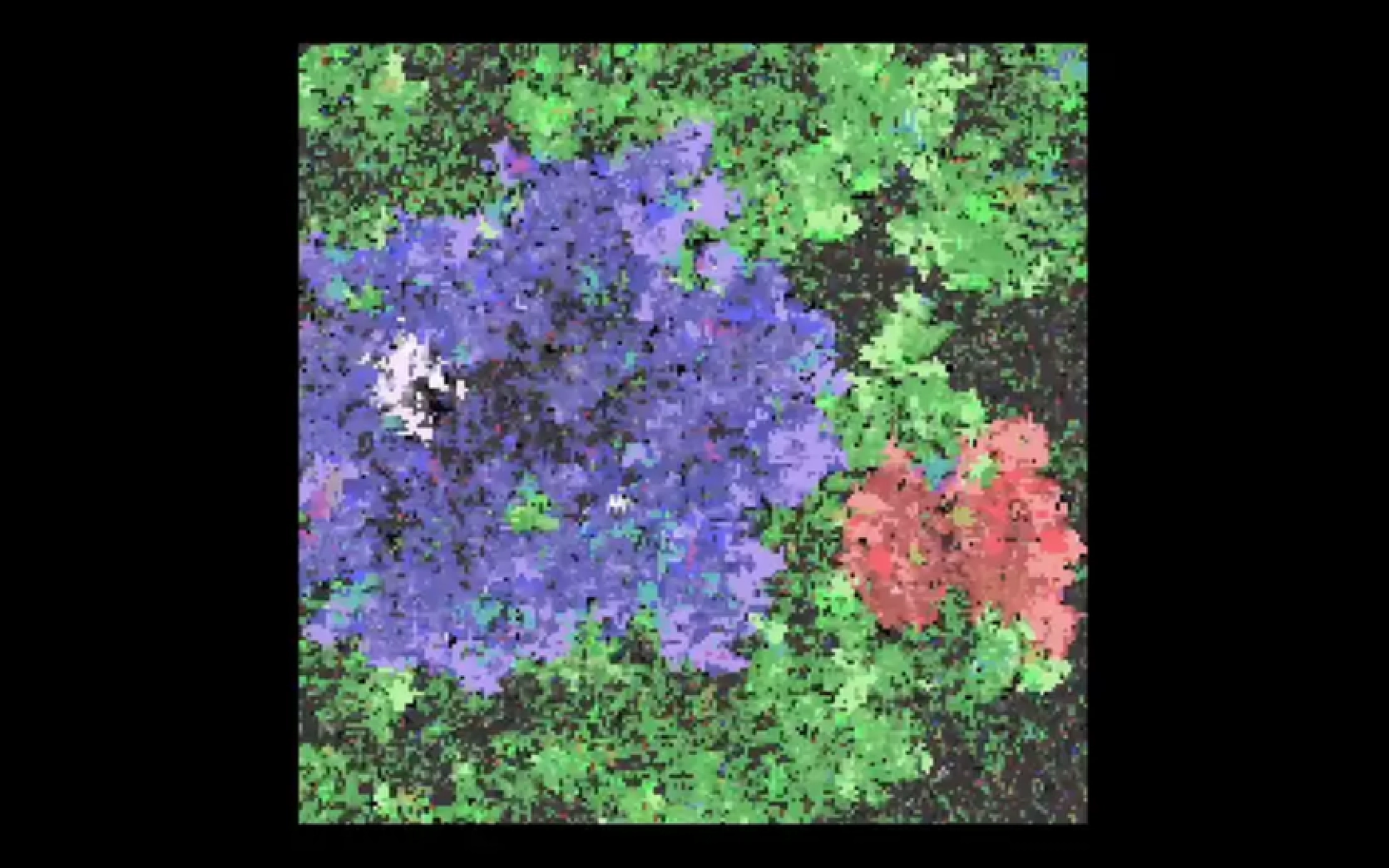Finally, Google has created something that replicates faster than fake news on the internet.
Google researchers conducted an experiment simulating the evolution of code fragments over millions of generations, resulting in the emergence of "self-replicating" programs. This discovery could illuminate the origins of biological life and has sparked lively discussions in the scientific community, as it potentially demonstrates mechanisms that might have been involved in the emergence of the first living organisms on Earth.
The experiment was based on the use of tens of thousands of code fragments written in the Brainfuck programming language Brainfuck is an esoteric programming language devised by Urban Müller for fun. It consists of eight commands, each represented by a single character.. This language was chosen for its simplicity—it allows only two basic operations: incrementing or decrementing a value by 1. Researchers randomly mixed and combined these code fragments in a virtual environment, enabling them to execute, interact with each other, mutate, and rewrite themselves and neighboring elements over millions of simulated generations.
Brainfuck is an esoteric programming language devised by Urban Müller for fun. It consists of eight commands, each represented by a single character.. This language was chosen for its simplicity—it allows only two basic operations: incrementing or decrementing a value by 1. Researchers randomly mixed and combined these code fragments in a virtual environment, enabling them to execute, interact with each other, mutate, and rewrite themselves and neighboring elements over millions of simulated generations.
Unexpectedly for the scientists, self-replicating programs emerged during the experiment. They swiftly reached the population cap set within the experiment. Furthermore, new types of replicators arose that sometimes outperformed previous versions.
Ben Laurie, one of the study's authors, emphasized the experiment's uniqueness: “Everything occurred chaotically, and then suddenly: boom, they all became the same.” He added: “Nothing magical happened. Physics just acted for a very long time, leading to the emergence of very complex things.”
Richard Watson, an evolutionary scientist, regarded the study as “very cool,” but cautioned against hasty conclusions. “Self-replication is important, but it would be a mistake to think of it as a magic ball from which everything exciting about life automatically flows,” he noted.
Professor Susan Stepney described the experiments that led to the emergence of self-replicating programs as “a major achievement.” According to her, this represents a significant step towards understanding possible pathways for the origin of life in environments different from standard biological "wetware."
It is worth noting that Google’s research is not the first of its kind. As far back as 1993, at Michigan State University, Professor Chris Adami led a project that utilized Avida software to model the emergence and evolution of life. Avida created a virtual world where digital organisms competed for resources, mutated, and evolved, simulating processes characteristic of biological systems.
Source: Pcgamer, Newscientist, Nasa














Comments (0)
There are no comments for now